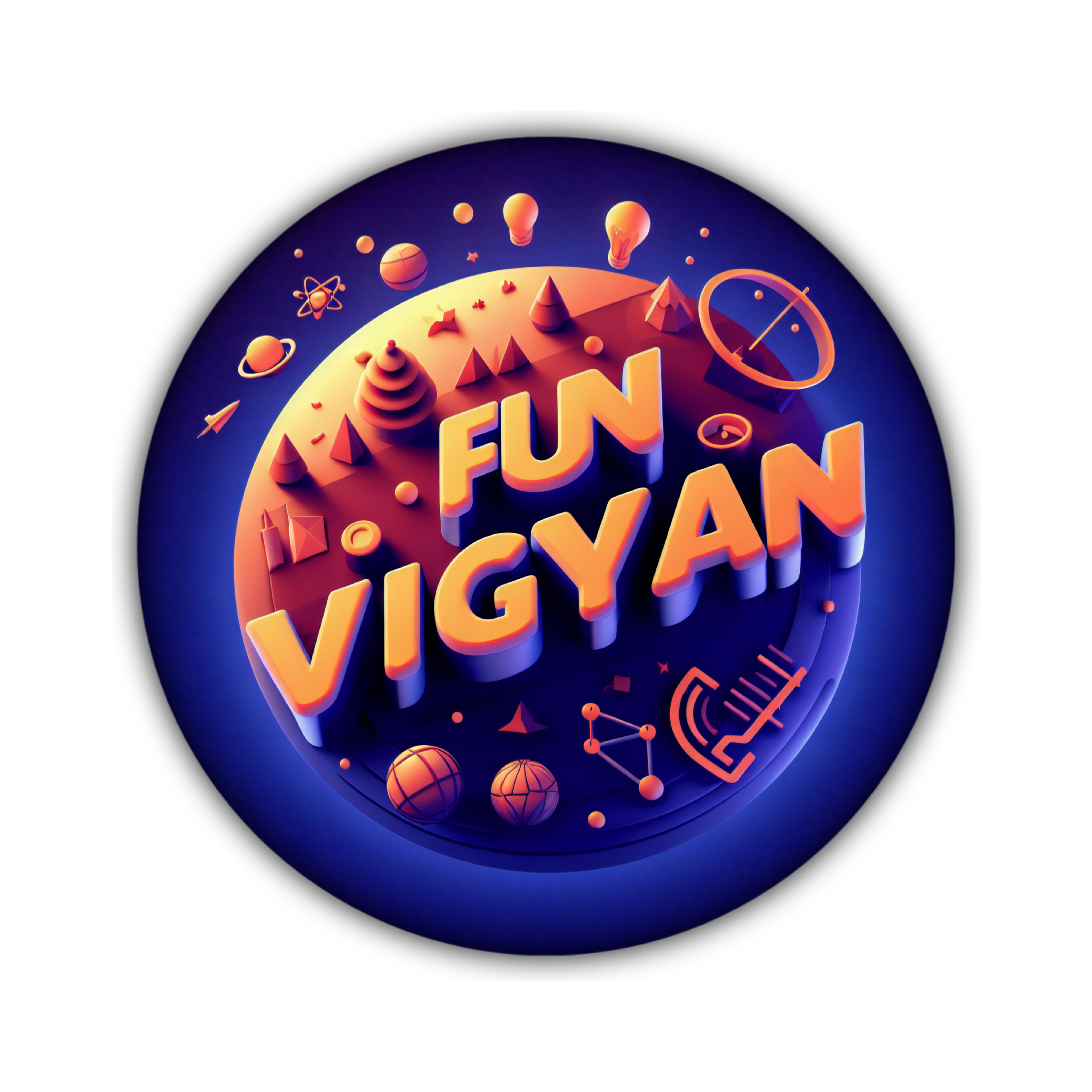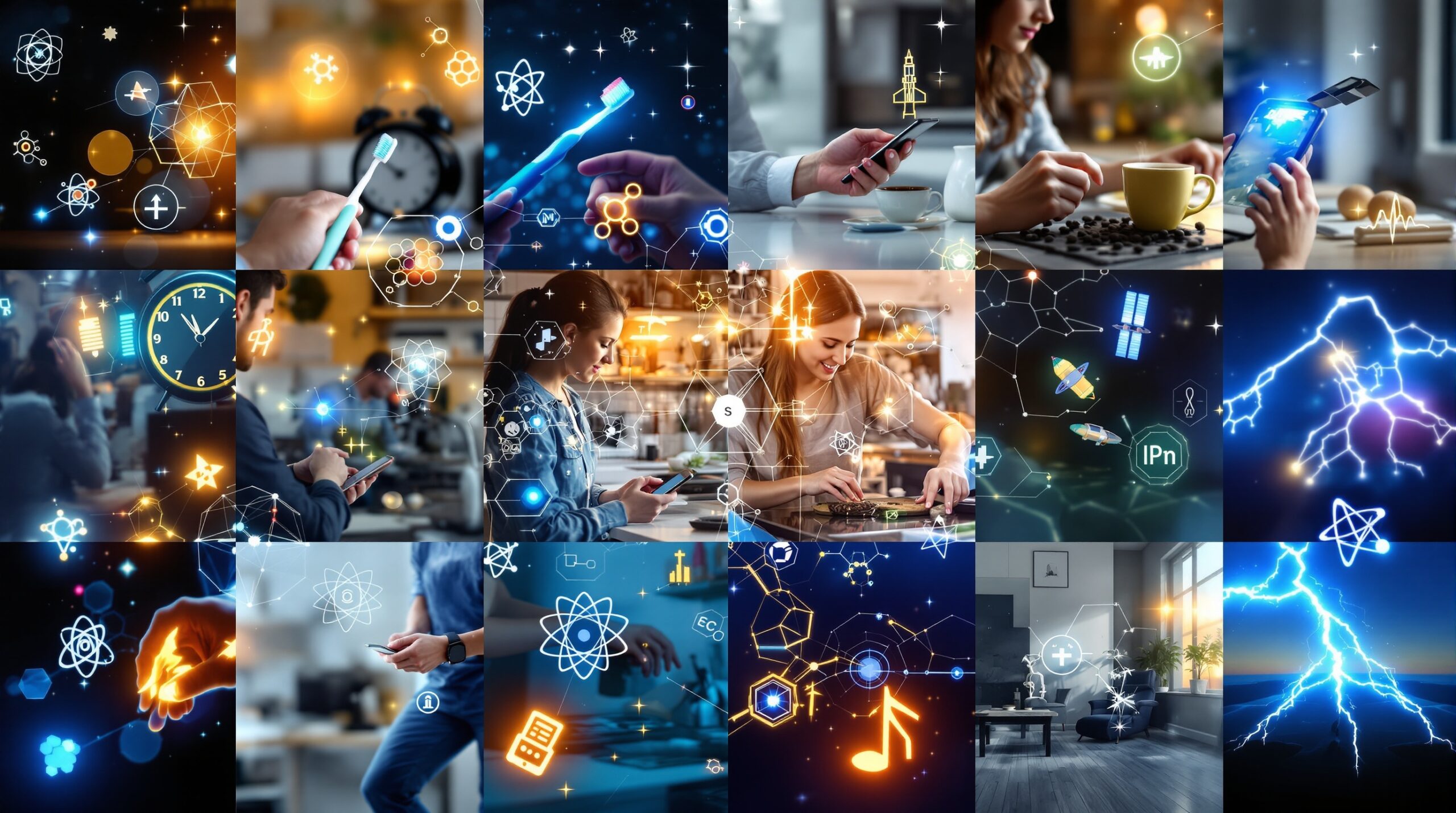15 Fascinating Examples of Science in Everyday Life
Fascinating Examples of Science in Everyday Life
In our fast-paced world, science seamlessly integrates into every aspect of daily routines, often without us noticing. From the moment we wake up to the time we go to bed, scientific principles drive innovations that enhance comfort, efficiency, and health. This article explores 15 compelling examples of science in everyday life, highlighting how physics, chemistry, biology, and technology shape our experiences. Whether you’re brewing coffee or scrolling through your phone, understanding these concepts not only enriches knowledge but also fosters appreciation for the scientific advancements that make modern living possible. Dive in to discover how science powers your day-to-day activities and why it remains crucial for global progress.
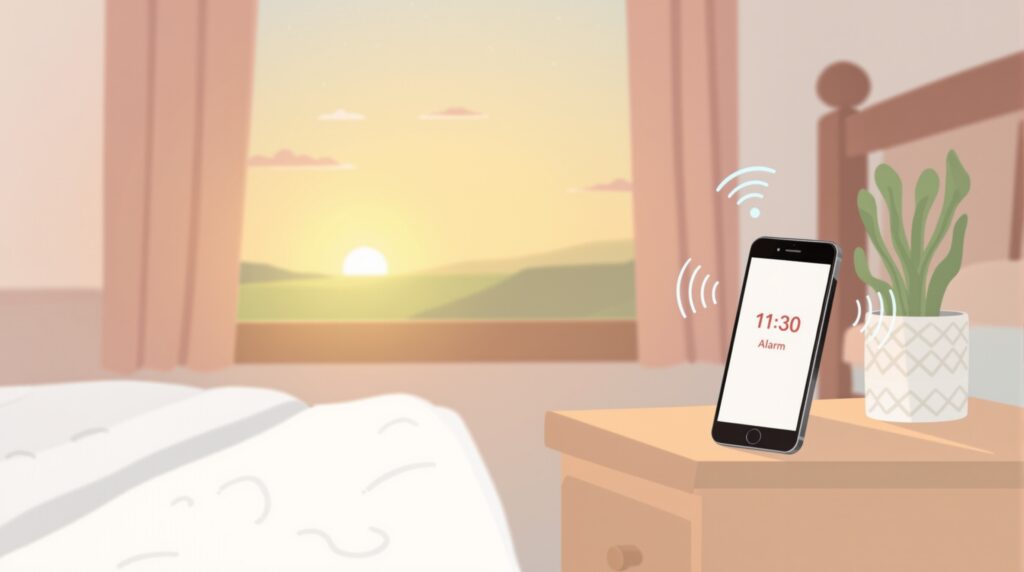
1. Waking Up to an Alarm Clock
You jolt awake as your smartphone alarm blares, a perfect blend of electronics and sound waves at work. Electronics rely on semiconductor physics, where silicon chips process electrical signals to trigger the alarm. Sound production involves vibrations creating acoustic waves that travel through air to your ears. This technology stems from decades of research in quantum mechanics and materials science. Without these scientific foundations, reliable wake-up calls would remain a dream. Consider how digital clocks have evolved from mechanical ones, improving accuracy through atomic timekeeping principles used in GPS systems. For more on sound waves, check out Understanding Science’s guide on acoustics.
This simple act sets the tone for your day, demonstrating how physics ensures punctuality in a global workforce. In bustling cities worldwide, millions depend on such devices to synchronize with international time zones, underscoring science’s role in connectivity.
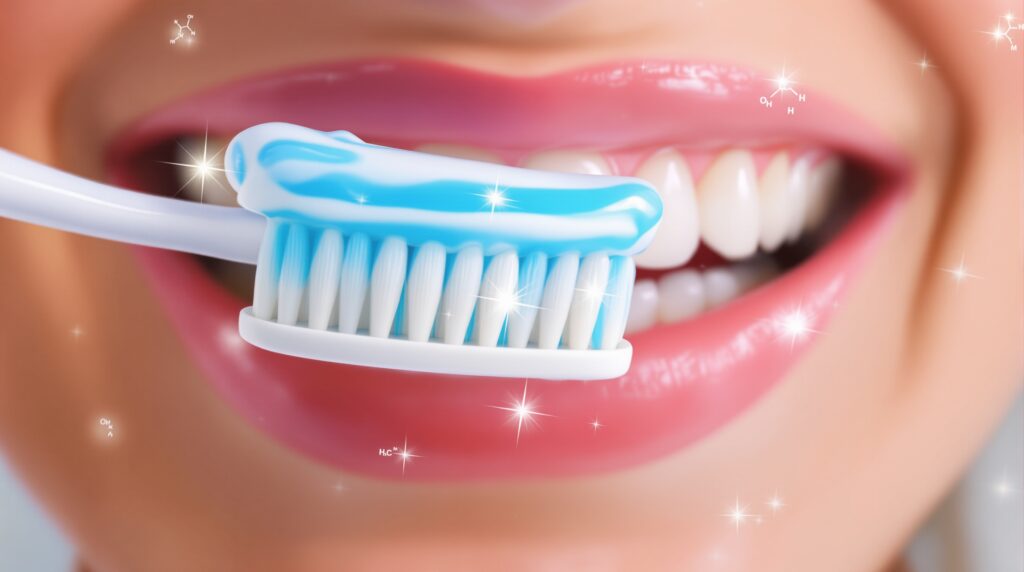
2. Brushing Your Teeth with Toothpaste
As you squeeze toothpaste onto your brush, chemistry takes center stage. Fluoride compounds in toothpaste strengthen enamel by forming fluorapatite, a mineral that resists acid attacks from bacteria. Abrasives like silica gently scrub away plaque, while surfactants create foam for better cleaning. This formulation prevents cavities and promotes oral health, backed by biological studies on microbiology.
Dentists worldwide recommend this routine, drawing from evidence-based research. Imagine a world without these chemical innovations—dental issues would skyrocket. For deeper insights, explore BYJU’S explanation of chemistry in daily hygiene. This example illustrates how science safeguards health on a personal level, contributing to longer lifespans globally.
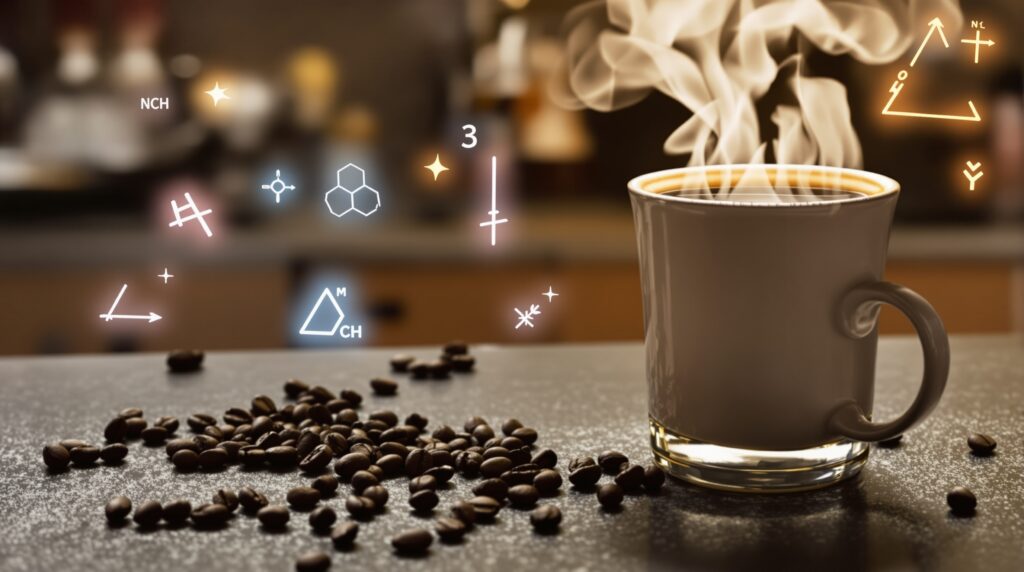
3. Brewing Your Morning Coffee
You pour hot water over coffee grounds, initiating a chemical extraction process.
Heat causes water molecules to dissolve caffeine, antioxidants, and flavors from the beans through diffusion.
Thermodynamics governs the boiling point, ensuring optimal brewing temperature around 90-96°C.
This ritual energizes billions daily, with biology explaining caffeine’s stimulant effects on the nervous system.
Farmers use agricultural science to cultivate beans sustainably. Without these principles, your cup of joe would lack its kick. Learn more from Vedantu’s article on chemistry in food. Science here blends taste with health benefits, like reduced risk of certain diseases.
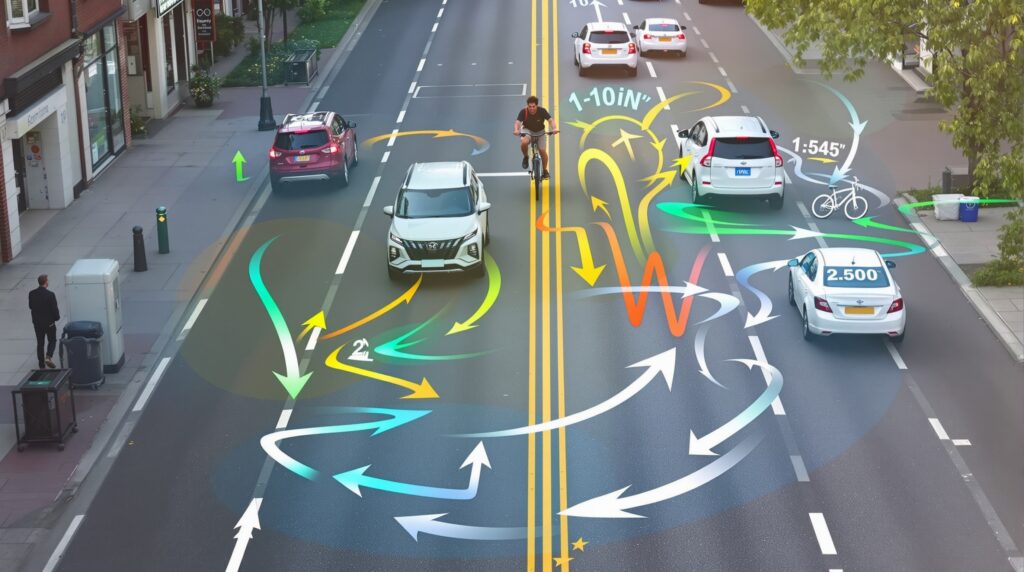
4. Commuting to Work by Car or Bike
You hop into your car, where physics propels you forward.
Internal combustion engines convert chemical energy from fuel into mechanical energy via explosions, following Newton’s laws of motion. Aerodynamics reduces drag, enhancing fuel efficiency.
Electric vehicles showcase battery technology and electromagnetism. Globally, transportation science cuts emissions through innovations like hybrid systems.
Cyclists benefit from friction and balance principles. For details, visit Wikiversity’s page on science in transport. This mobility freedom connects people across continents, driving economic growth.
5. Using Smartphones for Communication
You check emails on your phone, leveraging telecommunications science. Signals transmit via electromagnetic waves, processed by microchips using binary code.
Touchscreens rely on capacitive technology detecting electrical changes from your finger.
Apps incorporate AI algorithms for personalization. Biology informs ergonomics, reducing eye strain. In a global audience, smartphones bridge cultures. Explore Quora discussions on daily tech use. This tool revolutionizes information access, empowering education and business worldwide.
6. Cooking Lunch with Heat and Chemistry
You sauté vegetables, applying heat transfer principles: conduction, convection, and radiation.
Maillard reaction browns food, creating flavors through chemical bonds between amino acids and sugars.
Nutrition science guides balanced meals, with biology explaining digestion.
Microwaves use electromagnetic radiation to excite water molecules. For recipes grounded in science, see The Camford’s insights on food science. This sustains health, preventing deficiencies in diverse populations.
7. Washing Hands with Soap
You lather up, where surfactants in soap break down oils and dirt via emulsification.
This physical chemistry process removes microbes, informed by microbiology studies.
Historical science, like Ignaz Semmelweis’s work, proved handwashing saves lives. Globally, it combats pandemics. Check Understanding Science’s PDF on hygiene. Simple yet vital, this habit promotes public health.
8. Listening to Music on Headphones
You plug in headphones, where acoustics convert electrical signals into sound waves.
Noise-cancellation uses interference principles to block unwanted noise.
Psychology shows music boosts mood via neurochemical releases. Streaming relies on data compression algorithms. For audio science, visit School Specialty’s physics examples. This entertains and relaxes a global audience.
9. Exercising with Fitness Trackers
You track steps on a wearable, using accelerometers based on physics to measure motion.
Biology monitors heart rate via optical sensors detecting blood flow.
Data analytics provide insights for health. Worldwide, it encourages active lifestyles. Learn from OER Commons on tech in life. Science here prevents diseases through informed choices.
10. Watching TV or Streaming Videos
You binge-watch shows, with screens using LED technology and quantum dots for color.
Signals transmit via fiber optics, applying light refraction.
Neuroscience explains engagement through dopamine. Global content shares knowledge. See SlideShare’s presentation on science in media. This informs and entertains billions.
11. Using Electricity Throughout the Day
You flip a switch, harnessing electromagnetism in generators to produce power. Circuits distribute it safely.
Renewable sources like solar panels convert light via photovoltaic effect.
Energy policy draws from science. For more, explore YouTube’s video on electricity. This powers modern society globally.
12. Wearing Clothes Made from Fabrics
You dress in synthetic fibers, engineered through polymer chemistry for durability. Natural ones like cotton involve botany.
Textile science ensures comfort. Worldwide, it supports fashion industries. Check Aakash’s concepts on materials.
13. Navigating with GPS
You use maps, where satellites apply relativity and triangulation. This aids travel globally.
14. Taking Medicine for Health
You swallow a pill, with pharmacology delivering active ingredients. Biology targets ailments.
15. Going to Bed with Air Conditioning
You cool the room, using thermodynamics in compressors. This ensures restful sleep.
Science permeates every moment, driving innovation and sustainability. Embracing it leads to a brighter future for all.
